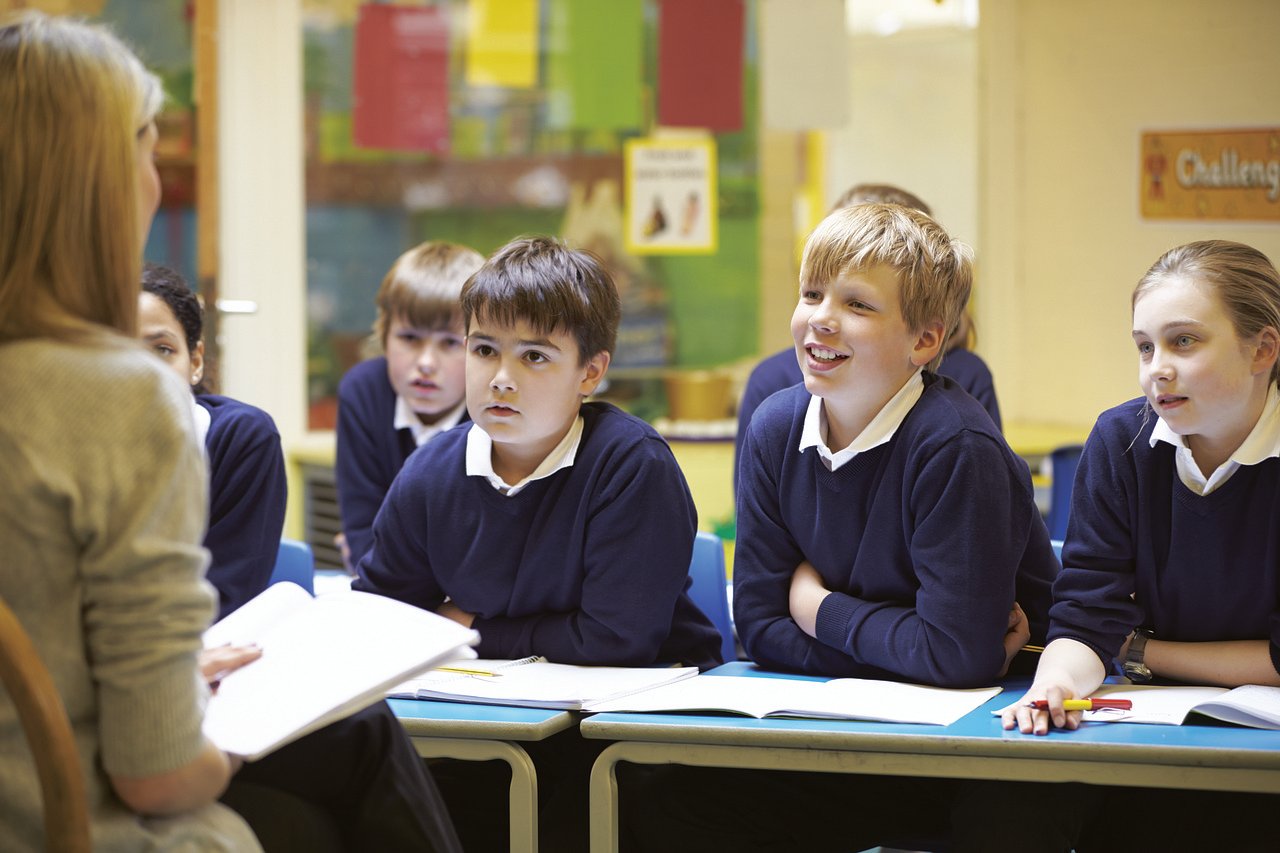Hotseating in the Early Years

Introduction
Hotseating is an interactive strategy that provides children with a unique opportunity to engage in imaginative play, social interaction, and critical thinking. This teaching technique has been beneficial in early years education, allowing young learners to explore various perspectives and situations by assuming different roles. This article delves into the concept of hotseating within the early years, outlining its objectives, benefits, and practical tips for implementation.
What is Hotseating?
Hotseating involves participants taking turns occupying a “hot seat” to answer questions while assuming a specific role, such as a character from a story or historical figure. In the context of early years education, children are encouraged to take on the roles based on stories they have read or topics they are studying. This allows them to experience different perspectives, develop their empathetic skills, and use their imagination in problem-solving.
Objectives of Hotseating in the Early Years
In addition to fostering creativity and critical thinking in young learners, hotseating also aims to:
1. Encourage language development – By participating in hotseating activities, children expand their vocabulary and develop their communication skills.
2. Strengthen social skills – Hotseating enables children to work collaboratively, take turns speaking and listening, and respect differing opinions.
3. Boost confidence – As children assume roles and express their thoughts verbally, they build self-esteem.
4. Enhance comprehension – Through this activity, young learners can deepen their understanding of themes or topics by exploring them from various perspectives.
Benefits of Hotseating in the Early Years
Incorporating hotseating into early years learning has several advantages:
1. Engagement: This interactive approach actively involves all students in learning experiences.
2. Inclusivity: Hotseating caters to a range of learning styles, benefiting both introverted and extroverted children.
3. Collaboration: Children learn to cooperate, share ideas, and work together to make decisions.
4. Empathy: Assuming different roles allows children to develop empathy towards other perspectives and experiences.
Tips for Implementing Hotseating in the Early Years
To ensure successful hotseating sessions with young learners, consider the following tips:
1. Prepare in advance – Select roles that are relevant to current classroom topics and that are meaningful to the children.
2. Set clear guidelines – Explain the hotseating process in simple terms and create a safe environment for exploration.
3. Encourage participation – Make sure every child has a chance to occupy the hot seat and contribute through asking or responding to questions.
4. Offer support – Offer cues or prompts if a child struggles during their turn in the hot seat and praise them for their efforts.
5. Reflect and discuss – After each session, invite students to share their thoughts on what they learned through hotseating.
Conclusion
Hotseating is a powerful teaching technique that allows early years learners to grow in their understanding of stories, themes, and concepts. By engaging with this creative learning method, children are able to develop critical language, social, cognitive, and empathetic skills, paving the way for comprehensive early years education.




